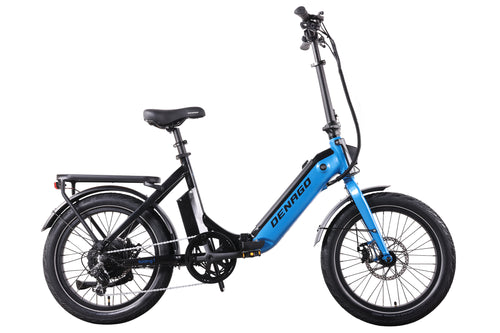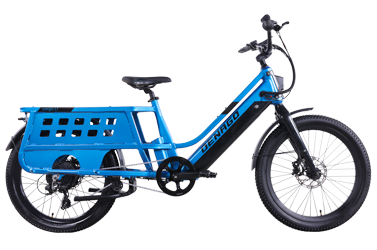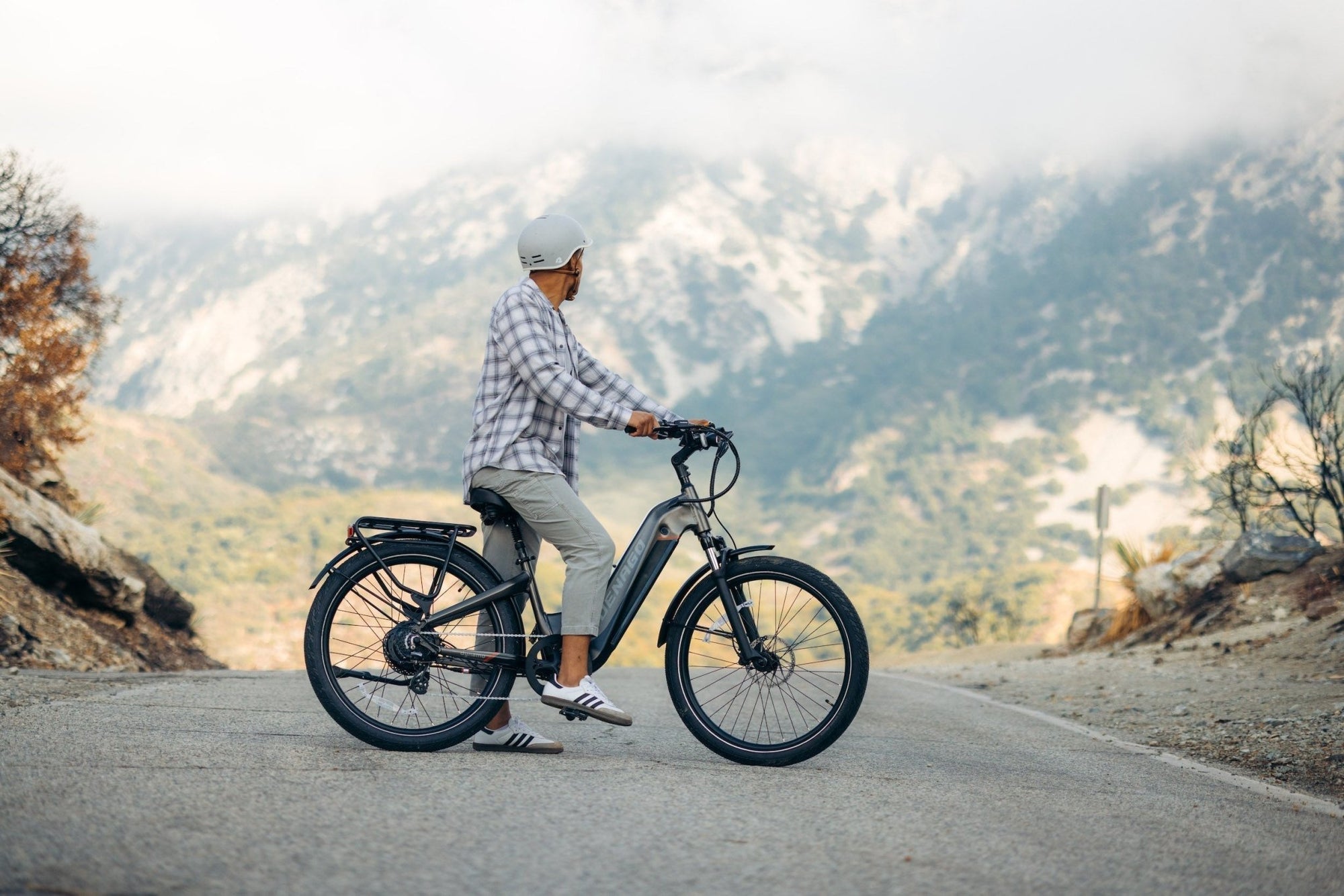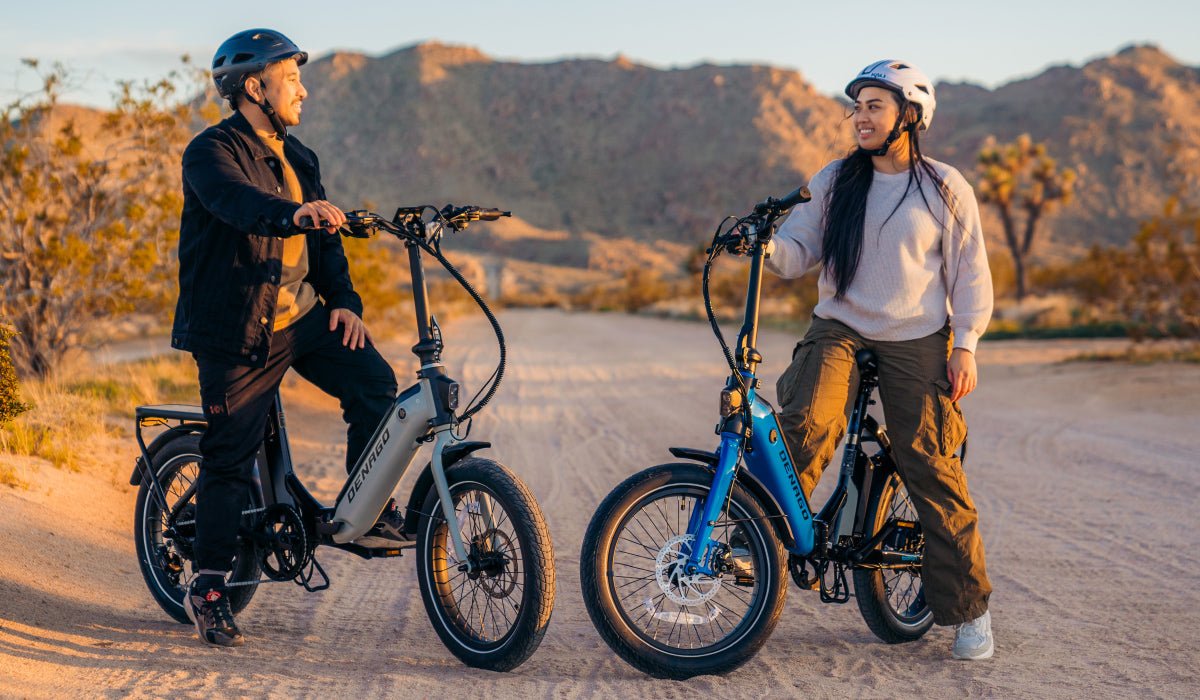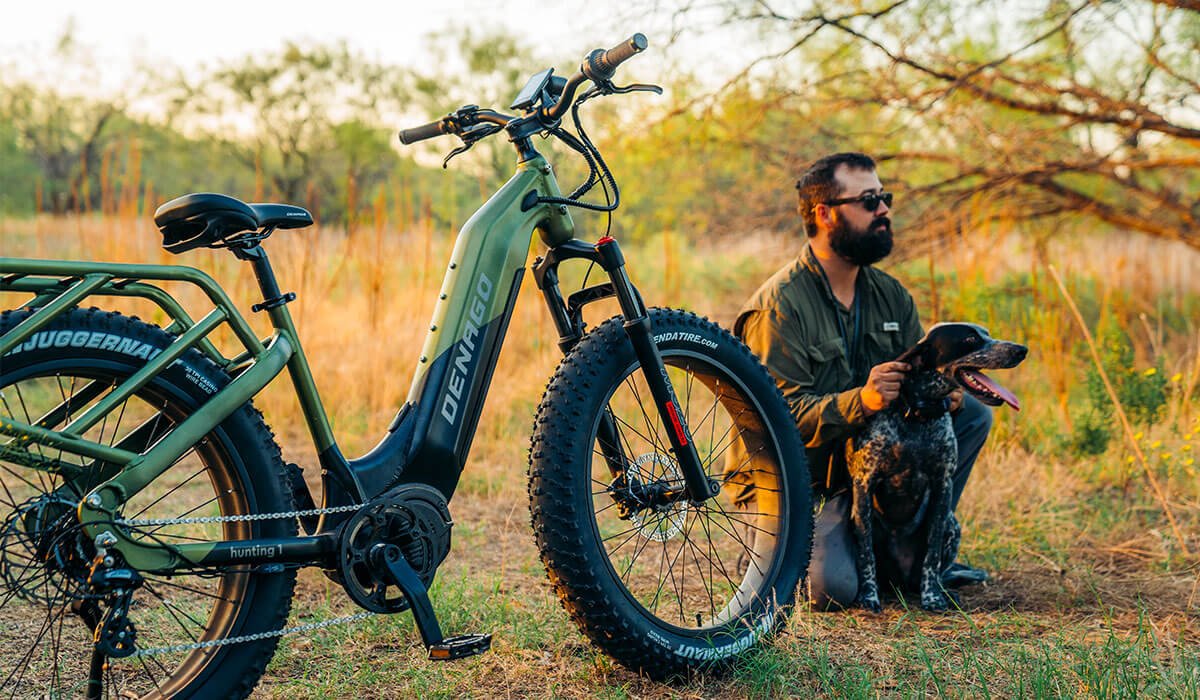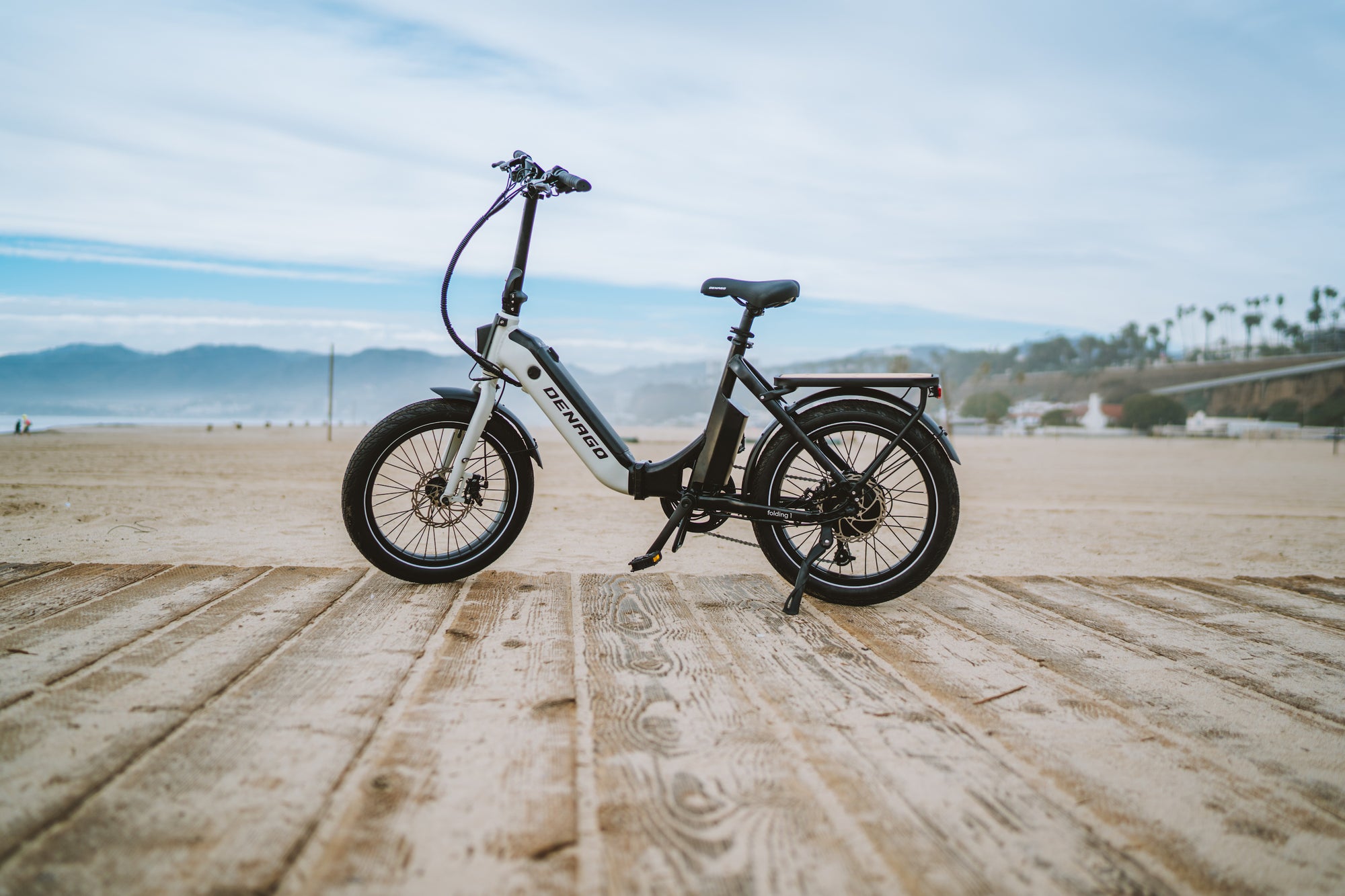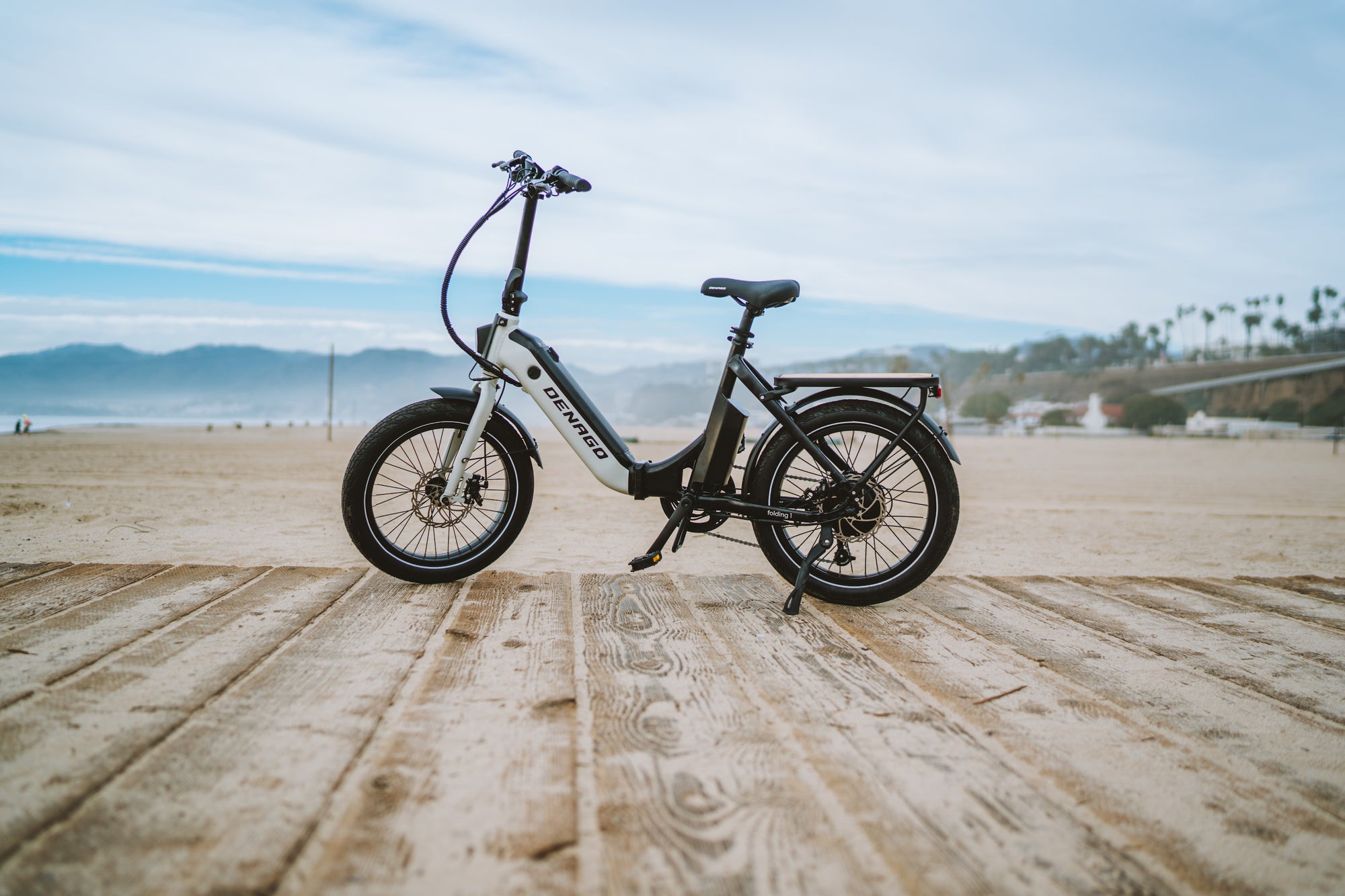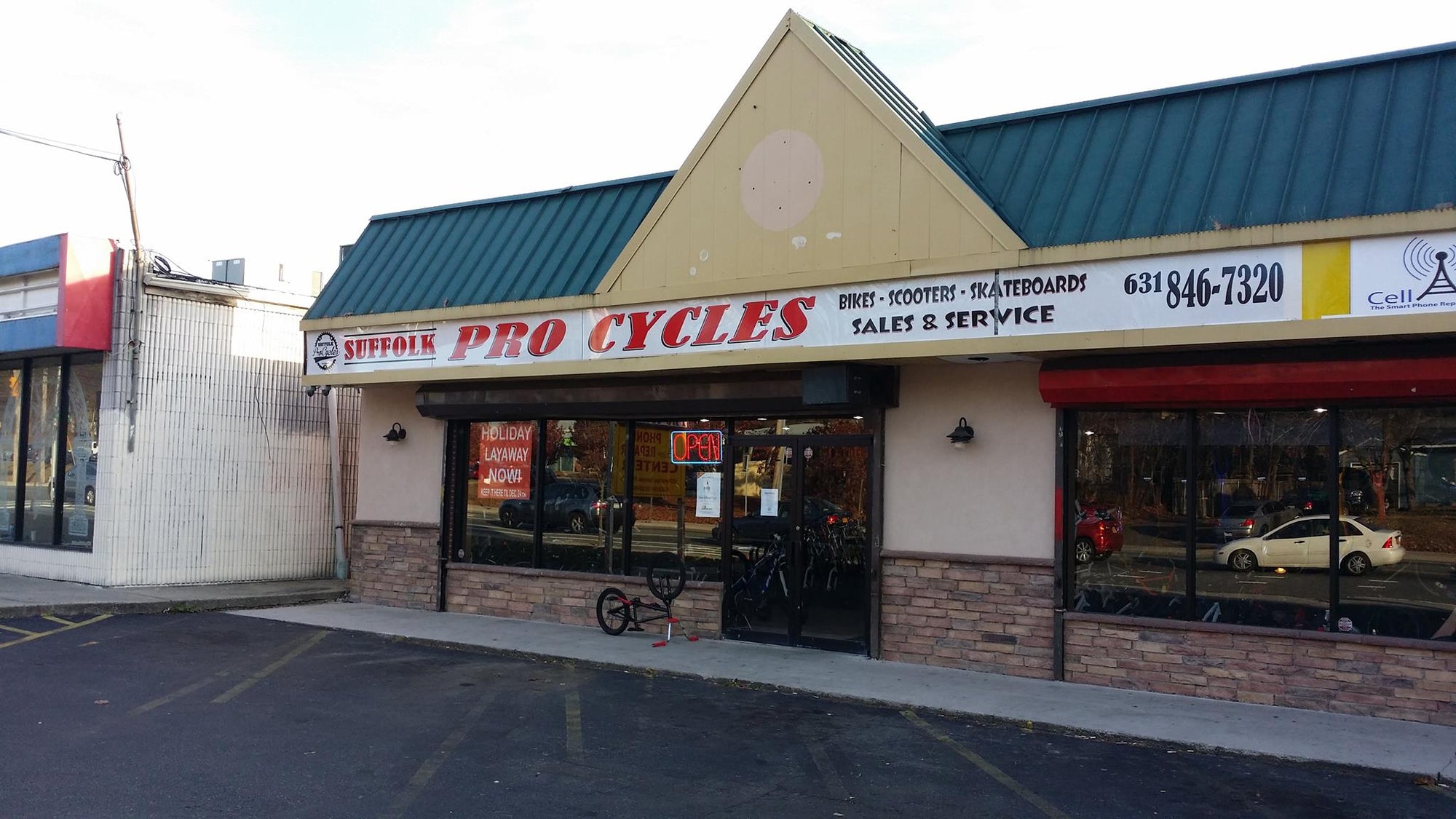If you're in the market for a fat tire eBike with a step-thru frame, you may have noticed the Aventon Aventure and the Denago Fat Tire step-thru eBikes, especially the very similar frame and some of the component features. Both these models offer a step-thru frame for a low standover height that makes starting and stopping with your feet flat on the ground easy and are intended for the same style of riding.
The Aventon Aventure and the Denago Fat Tire have many features and specifications in common; including 4" fat tires, suspension forks, and integrated lights. They also share the same retail price of $1,999, making these two models competitive on price.
Let's take a deep dive and look at the two models head-to-head to see how they stack up.
The primary difference between the Aventon Aventure and Denago Fat Tire
Above all else, the primary difference between the Aventon Aventure and the Denago Fat Tire is the sensing technology used. The Aventon Aventure uses a cadence sensor, while the Denago Fat Tire Step-thru uses a more advanced and more expensive torque sensor.
Torque sensors are more responsive to the rider's pedaling input, which make them a better choice for eBikes ridden off-road. Above all else, torque sensor vs. cadence sensor may help drive your decision-making between these two models.
What features Aventon Aventure and Denago Fat Tire Step-thru eBikes have in common
The Aventon Aventure and Denago Fat Tire Step-thru eBikes have some specs and features which are identical, or very close to identical, including:
- The same retail price, $1,999
- 750 Watt rear hub motors
- fenders
- kickstand
- 4" Kenda fat tires
- built-in lights powered by the eBike battery
- hydraulic disc brakes
- supension fork
- both bikes offer a USB port for mobile phone charging on the go
Adjustable speed limiters
While the Denago ships in Class III mode (28 MPH pedal assist, 20 MPH throttle top speeds) and the Aventon ships in Class II mode (20 MPH pedal assist and 20 MPH throttle top speeds) in practice they are actually the same, since the rider can adjust the top speed to suit their preferences on both models.
Aventon riders can turn up the speed limiter to 28 MPH if desired, emulating Class III features, while Denago riders can turn down the speed limiter to 20 MPH (or even lower) if desired, emulating a Class II eBike.
How the Aventon Aventure and Denago Fat Tire Step-thru models are different
The Aventon Aventure and Denago Fat Tire Step-thru models differ in these key areas:
- Sensor: The Denago Fat Tire eBike uses a more advanced torque sensor vs. the cadence sensor on the Aventon Aventure. Torque sensors measure the rider's pedaling input for a more natural feel, especially on off-road surfaces.
- The Denago also uses a much larger capacity battery than the Aventon, which translates to significantly more range on the road or trail. The Aventon Aventure gets a 720 Wh battery, the Denago Fat Tire battery is 921.6 Wh, a huge difference in performance. You can go much further on a single charge.
- Denago uses premium LG 21700 cells in the battery, Aventon does not disclose the manufacturer used for the Aventon Aventure battery cells.
- Aventon's handlebar mounted display can be synced with a rider's cell phone using an App, Denago does not offer this feature.
- Aventon uses a wider-range 8 speed drivetrain, vs. the 7 speed drivetrain on the Denago.
Which fat tire step-thru eBike should you buy?
Considering that the Aventon Aventure and Denago Fat Tire Step-thru eBikes carry an identical retail price, head-to-head comparisons are straightforward: Denago wins on battery capacity and torque sensor technology, making the Denago a better choice for extended off-road exploring, since you can ride further from home or base camp on a single charge. Aventon wins on convenience features that may appeal to riders interested in connecting their eBike to their mobile phone via an App, and has a wider-range 8 speed drivetrain.
The Denago team can help you find the best eBike for your needs. Call us at (877) 755-2453 to chat.







